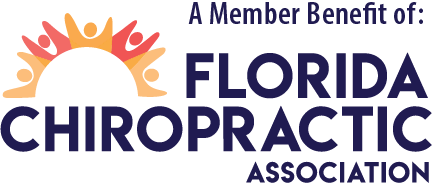The Medicare Puzzle
Over the next three years, more people in the US will turn age 65 than any other time in the history of the country. This marks a major milestone in most people’s lives as they are faced with an extremely important healthcare decision.
As people approach their 65th birthday, most are confronted with the same issues:
- They must decide and act on Medicare by a certain date.
- They are inundated with information.
- They have no idea what to do.
- They don’t know who to talk to.
There are plenty of Medicare products on the market; however, what most people are looking for is an understanding of how Medicare works and how it applies to them. Let’s take a look.
Overview
Medicare is broken down into four parts: A, B, C, and D, with parts A and B commonly referred to as “Original Medicare”. (The primary reason many people favor Original Medicare is due to the open access of care. There are no networks, so this coverage is accepted anywhere in the country by any provider or facility that accepts Medicare. If you move, your coverage goes with you.)
Medicare Part A
This covers a portion of the costs for hospitalization and skilled nursing care. It includes deductibles and co-insurance costs to the insured. Most people receive Part A at no cost if they have been employed at least 40 quarters during their lifetime. You must make application with Social Security to receive Part A.
Medicare Part B
This is the medical insurance portion of Medicare, which covers physician services and other ancillary healthcare benefits. It also carries a $226 annual deductible, and a 20% co-insurance with no cap. Part B has a monthly cost of $164.90, with higher premiums for higher income earners. You must also apply for Part B through Social Security.
Medicare Part C
Also known as “Medicare Advantage”, this is another way to get Part A and Part B coverage. These plans are offered and managed by private insurance companies. These “bundled” plans include Medicare Part A (Hospital Insurance) and Part B (Medical Insurance) and usually Part D (Drug Coverage). There is no cost for many of these plans, although the Medicare Part B premium must still be paid. They often offer coverage for benefits not covered by Original Medicare such as vision, dental, hearing and health club memberships.
While these plans offer a zero upfront cost along with additional benefits, care is limited to the providers within the carrier’s network. They operate much like group or individual coverages for those under 65, with HMO and PPO options. Generally, an HMO offers a lower out of pocket cost along with a smaller network, while a PPO offers a larger network with a higher out of pocket costs. If you move out of the coverage area or the carrier discontinues the plan, new coverage will need to be obtained.
Medicare Part D
This is a prescription plan that helps pay for the cost of prescription drugs. Medicare.gov provides a very useful tool to determine the most cost-efficient plan, based on your current medications. This is separate coverage from Medicare and while not required, there are substantial penalties for signing up after the initial enrollment period.
Important Notes
- If you are receiving Social Security Benefits prior to age 65, your Medicare Part A and B will be issued automatically, a couple of months before your birth month.
- In addition to Original Medicare, most people purchase a Medicare Supplement or Medigap plan. These plans pay for most of the costs not covered by Part A and Part B. To further confuse things, these plans are also identified by letter: A, B, G, K, L, and N. The most comprehensive and popular one is Plan G, which pays for all costs not covered by Part A and B except for the annual Part B deductible.
As you approach age 65, find an advisor who can give you a clear picture of how Medicare works for your individual situation. An understanding of these basics should precede any discussion relating to products and will make your decision-making process much easier. Visit the Medicare Solutions page to connect with a specialist.



